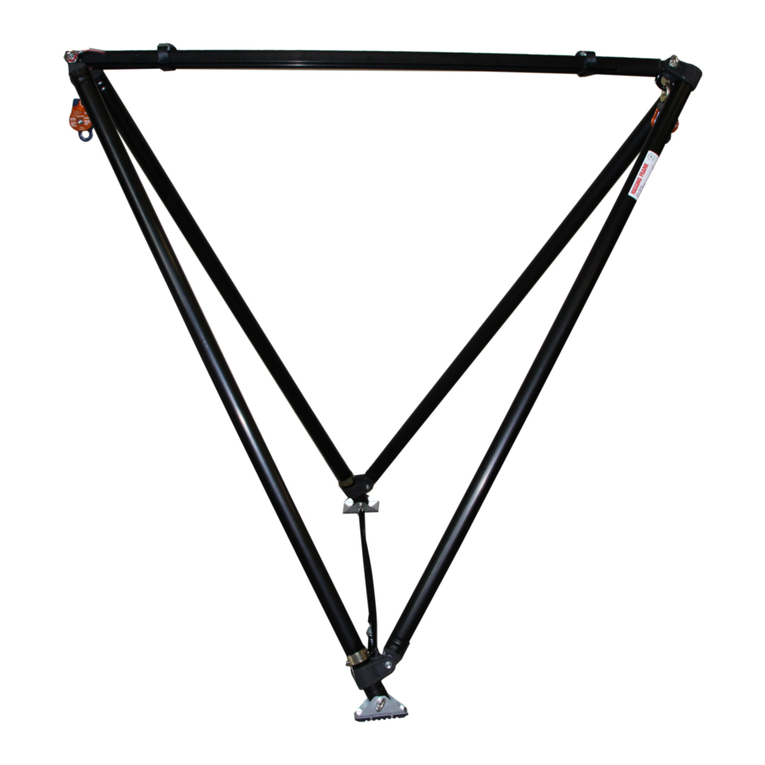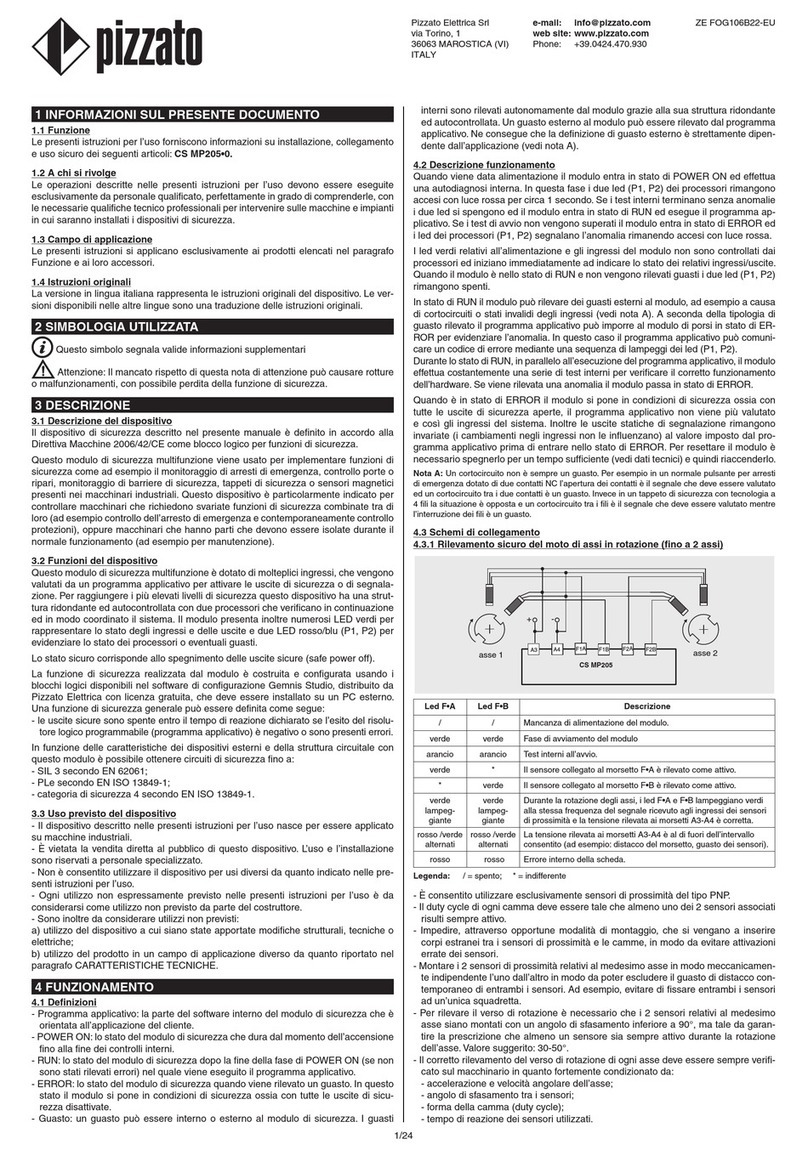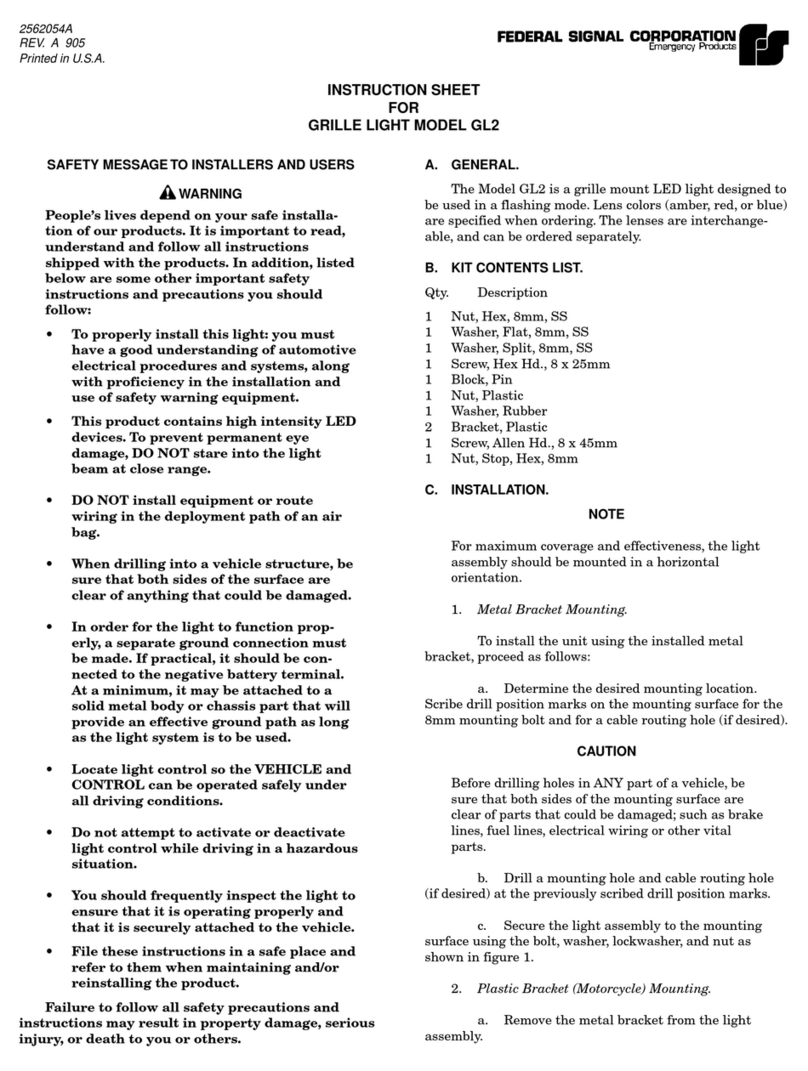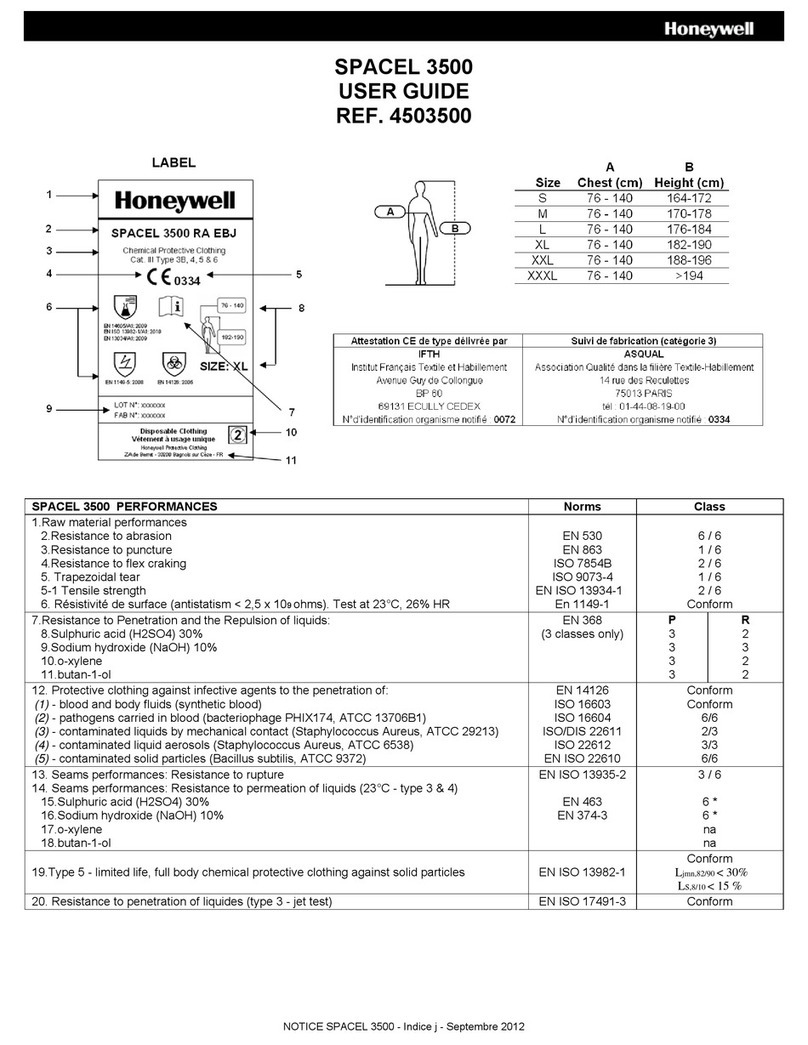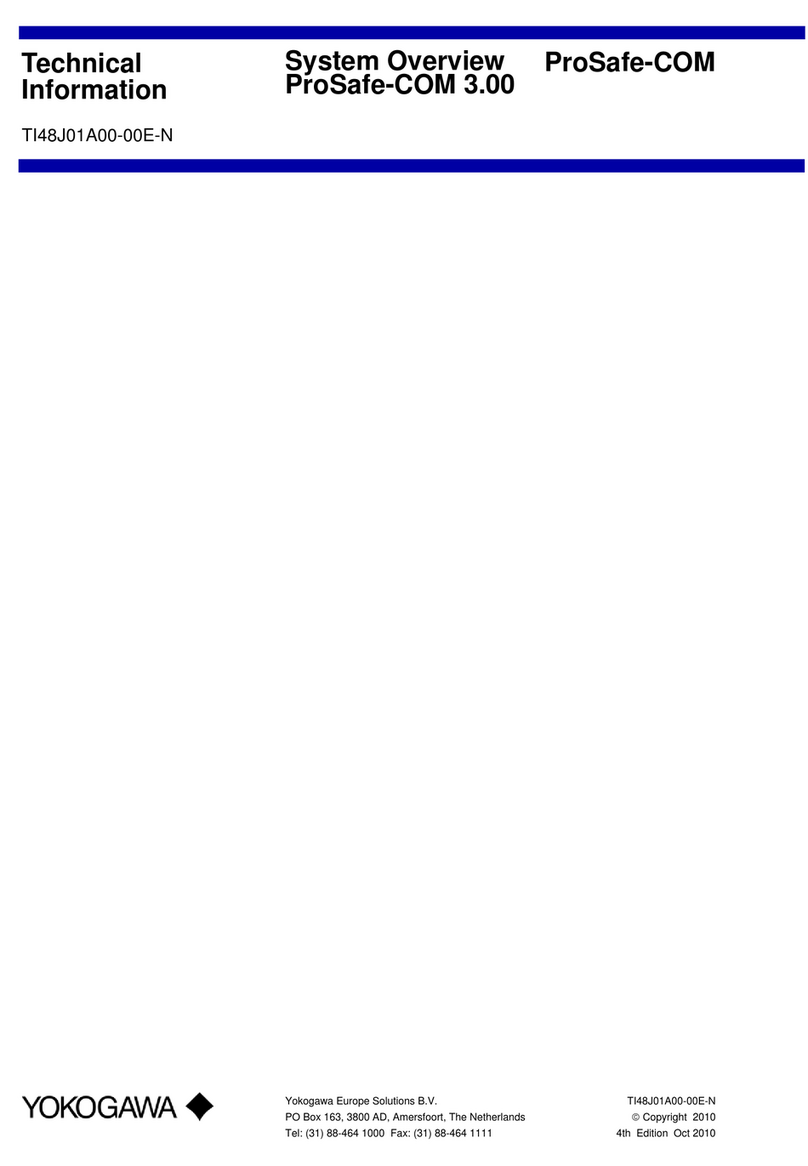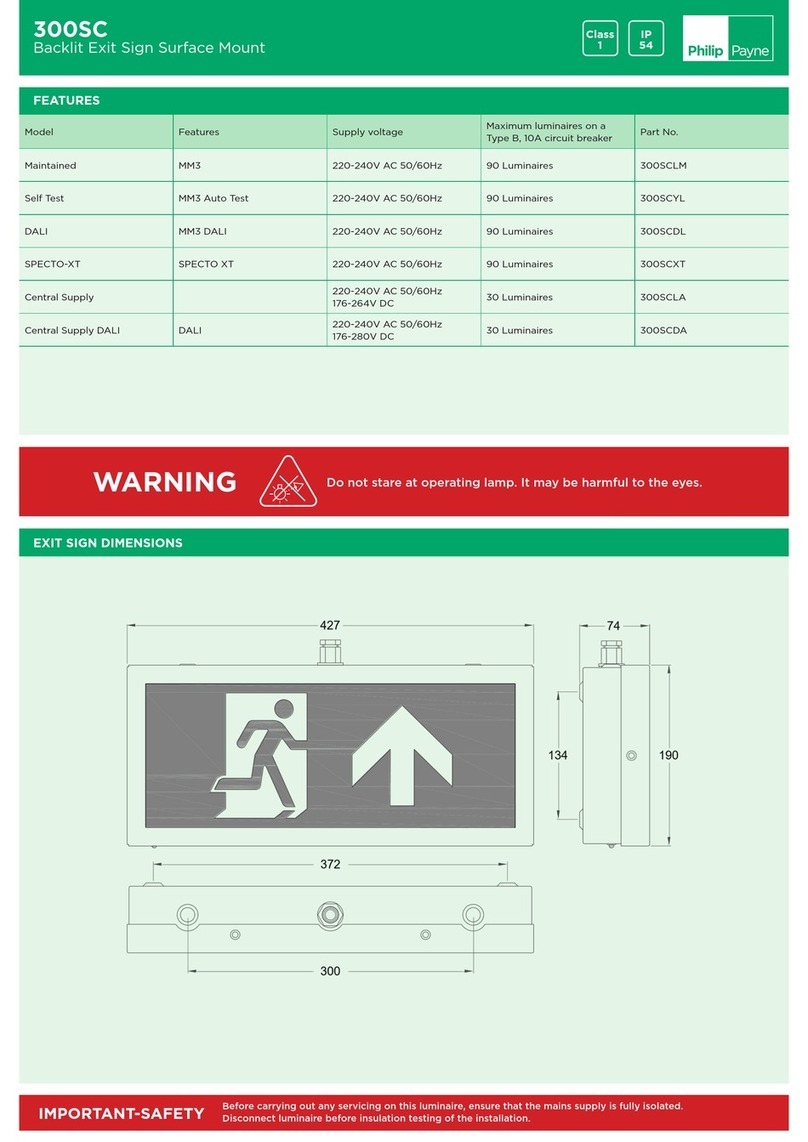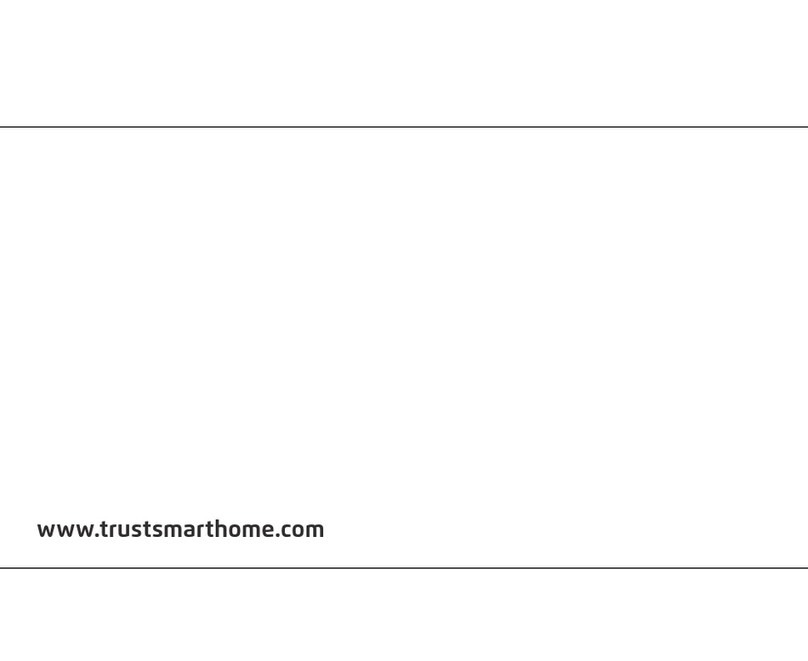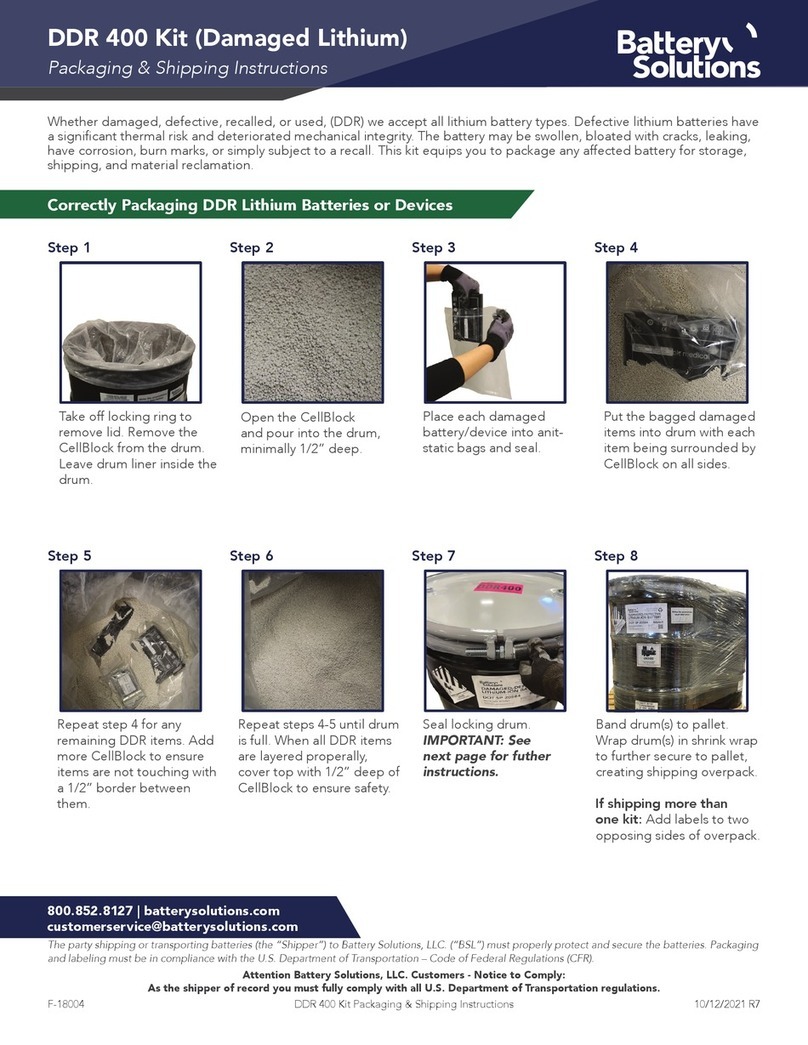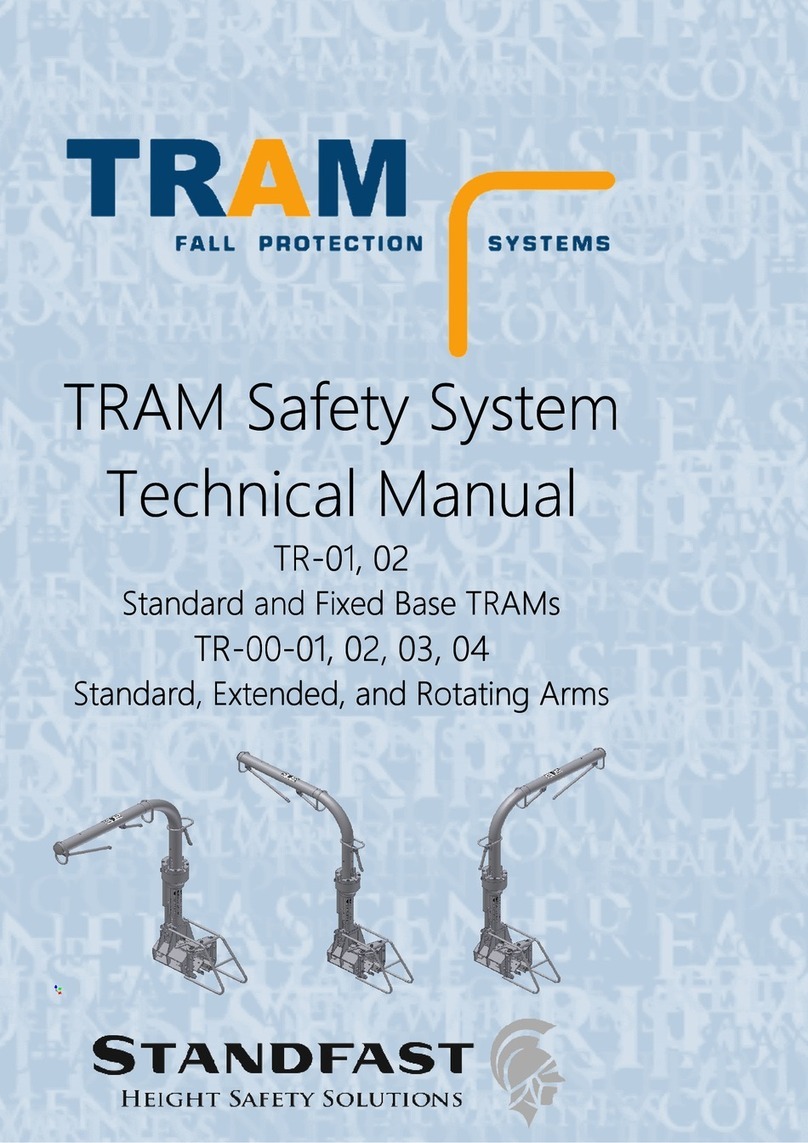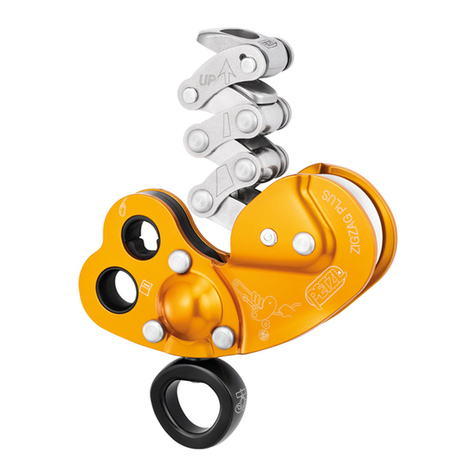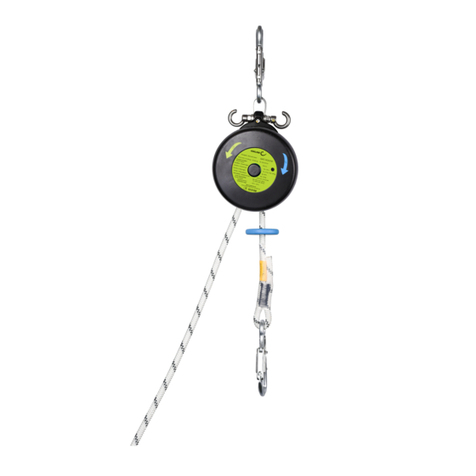ActSafe ACX User manual

Introduction A
Product safety
& system description B
Rope C
Lifting systems &
equipment setup D
Battery care E
How to use the Ascender F
Service & maintenance G
Warranty terms H
Technical data I
Rev 4 - 2021 ENG MASTER
AC X



DISCLAIMER
WARNING
Training and experience are required to lower the risk
of serious bodily injury or death.
This user’s manual provides general information about safe
operation and risks associated with the use of the ActSafe ACX
Power Ascender. It also gives details of maintenance procedures.
Never use the equipment unless you have read and understood
this manual and completed an ActSafe approved training in the
use of the power Ascender system. ActSafe AB, our partners and
subsidiaries, disclaim any liability for damages, injuries or death
resulting from the use of the equipment which is not in compliance
with this manual.
This manual may be updated without notice.
For more information about updates and safety warnings,
visit www.actsafe.se
Failure to read and follow
the instructions within
this manual may result
in fire, damage to property,
personal injury or death.
4

A
INTRODUCTION
About ActSafe A.01
About this manual A.02
Definitions A.03
FOREWORD
Thank you for choosing the ActSafe ACX
Ascender from ActSafe.
This Ascender has been designed as
an ultra-portable and versatile lifting tool
for lifting people or equipment in a safe
and effective way. It revolutionises working
in a vertical environment.
BE AWARE:
A Power Ascender is a hi-tech tool
and should be treated with care.
5

AA.01 ABOUT ACTSAFE
ActSafe is a pioneer in developing powered
Rope Ascenders and has been delivering
high-performance equipment since 1997.
ActSafe has a worldwide distribution
network of dedicated experts selling our
innovative products to a wide variety of
users. Our Power Ascenders have been
successfully used for installing fireworks at
the top of the Eiffel Tower, hostage rescue
from pirates at sea and providing essential
logistical support in offshore wind turbines.
ActSafe products are redefining the
possibilities for work in vertical environments.
We are completely committed
to our customers and do our
utmost to deliver top quality
products and service.
6

i
A.02 ABOUT THIS MANUAL
This manual gives detailed information on
features and safety. However, this manual
cannot replace the need for training and
experience. The Ascender must only be
used by operators who have undergone
the ActSafe-approved training.
Safety messages of extra importance
are highlighted throughout this manual
using the signals ‘danger’, ‘caution’,
’note’ and ’recommendation’.
RECOMMENDATION
Instructions and tips on how best
to use the Ascender.
DANGER
CAUTION
Not following instructions or training
methods may result in SERIOUS
BODILY INJURY or DEATH.
Not following instructions or training
methods may result in BODILY INJURY,
or DAMAGE TO PROPERTY.
Note
Important information on the use of the
equipment used with the Ascender.
7

A.03 DEFINITIONS
Active/loaded rope
Loaded end of the work-positioning
rope system.
Anchor
Attachment point for rope or Ascender.
Ascending
Moving up the rope.
Backup system
A rope system which captures the
load in case of primary rope failure.
Approved according to backup
system requirements.
Competent Person
Operator with adequate training,
experience and certification.
Descending
Moving down the rope.
Passive/dead rope
Unloaded end of the work-positioning
rope system.
Primary rope
Work rope system used with Ascender.
Rope must be 11 mm (7/16”) and
approved according to EN 1891 A
or be an ActSafe Equipment Lifting
Rope depending on the application.
User/operator
Operator of the Ascender, either by
the Throttle or by the Remote Control.
Secondary rope
See ‘Backup sytem’.
SWL
Safe Working Load. The maximum load
(as certified by a competent person) that an
item of lifting equipment may raise, lower or
suspend under particular service conditions.
WLL
Working Load Limit. The maximum
load that an item of lifting equipment
is designed to raise, lower or suspend.
8

B
PRODUCT SAFETY
& SYSTEM DESCRIPTION
Product safety B.01
Usage exclusions B.02
System description B.03
Rope mechanism B.04
9

B
B.01 PRODUCT SAFETY
ActSafe Ascender operators must, before first use, have undergone
training in the safe use of the Ascender by either ActSafe AB or by an
ActSafe-approved training partner or ActSafe distributor.
The ActSafe Ascender must be checked before every use by
a Competent Person and must undergo a minimum of one inspection
per year by ActSafe AB or an ActSafe-authorised person.
More frequent inspections may be required by your national regulations.
10

»For any purpose other than that
for which it has been designed
»In an explosive environment
»If modified in any way by anyone
other than ActSafe
»After a free fall from a height of
more than 0.5 m (2 ft) or any other
severe impact onto a hard surface
»If subjected to misuse in any
way so that parts or components
might have been damaged
»The Ascender system should not
be exposed to high impact forces
caused by people or loads falling
into the system
»With any Battery other than
original ActSafe ACX Batteries
»With any other battery charger
than an original ActSafe ACX
Battery Charger
»With a damaged or modified ActSafe
ACX Battery and/or ACX Charger
»If the operator is unsure of how
to use the Ascender safely
»If you are tired, ill, using prescription
medication that prevents you from
using machinery, or under the
influence of alcohol and/or drugs
»Without having performed
a pre-use check
B.02 THE ASCENDER MUST NOT BE USED:
11

BB.03 SYSTEM DESCRIPTION
CAUTION
The Connection Sling is the only point
for connecting the Ascender to a Person,
Anchor or Load.
Rope Guide
Rope Cover Lock
Ascender
Positioning Point.
See D.04
Rope Cover
Karabiner
Emergency Stop
Connection Sling
Titanium Sling Bolt
Power Button & Indication LED
Bi-directional
Throttle
12

Battery Release
Emergency
Descent Lever
Battery
Battery Lock
Battery Indicator
Battery Strap
(Not for Loads)
Carrying Handle
(Not for Loads)
Machine Rating label
The Ascender is supplied
with a machine label
attached to the housing.
This label must not
be removed!
The ACX Ascender
is approved under
the machinery directive
2006/42/EC for lifting
both people and
equipment with a
Working Load (WLL/
SWL) of 200 kg (440 lb).
13

B.04 ROPE MECHANISM
The Ascender Positioning Point may
be removed by the user if desired but
can only be mounted by ActSafe or
an ActSafe approved service center.
Rope Guide
Rope Wedge
Rope Grab
Rope Cover
14

C
ROPE
Rope type
and preparation C.01
15

C
Rope recommendations
Rope recommendations for the ACX
Ascender depend on the type of
application, whether personnel
or equipment lifting.
Equipment lifting
The ActSafe Equipment Lifting Rope
(ELR) is the only approved rope
to be used in the equipment lifting
system and can be ordered at
ActSafe or your ActSafe distributor.
Personnel lifting
The ActSafe Personal Lifting Rope
(PLR) is available in several colours
from your ActSafe distributor. All ropes
that are used for personnel lifting must
meet EN 1891 A with a diameter of 11
mm (7/16”) and should be of a solid
construction. A list of the rope testing
procedure can be found at our website
should you wish to perform your own
tests. For further information please
contact your ActSafe distributor.
Softer ropes are unsuitable for the use
in ActSafe Ascenders. Softer ropes
should be avoided because they
deform under load, grip is poor and can
potentially jam the Rope Grab system.
Pre-Soaking (applies only
to Polyamid ropes)
It is recommended that only pre-
soaked ropes are used with ActSafe
Ascenders. New ropes should be
put in cold water <40°C (104°F) for
24 hours and dried slowly afterwards.
This will make ropes more suitable
for use in ActSafe Ascenders for
two reasons:
1. Rope density
Pre-soaking makes ropes denser.
The fibres will absorb the water
The correct choice of rope
type depends on whether
the Ascender is being
used to lift or lower
equipment or personnel.
Check with your ActSafe
supplier for suitable ropes.
C.01 ROPE TYPE
AND PREPARATION
16

i
and will shrink when drying.
The result is that all fibres become
more densely aligned and the sheath
sits tighter around the core of the rope.
This will make the rope more solid and
will consequently result in less mantle
slippage and deformation and thereby
lead to better grip in the Ascender.
2. Oil dissolution
During the production process some
oil is added to the rope fibres in order
to reduce the friction between the
individual fibres. When soaking the
rope in cold water some surface oil
in the sheath of the rope will dissolve.
This will contribute further to a better
grip. Do not soak ropes in warm water,
this will lead to greater dissolution of
oil, which will have a negative impact
on the rope properties.
A new rope will get an increased service life if it is soaked in cold
water before the first use.
Avoid getting sand or dirt onto/into the ropes since it will wear the
Rope Grab and Rope Guide. Use a rope mat, rope bag or similar.
Always make sure that the rope is in good condition.
CAUTION
RECOMMENDATION
17


D
GENERAL SAFETY
GUIDELINES AND
LIFTING SYSTEMS
General safety guidelines D.01
Personnel lifting D.02
Personnel safety checklist D.03
Personnel lifting setup D.04
Equipment, material
and tool lifting D.05
Basic lifting safety rules D.06
Lifting setup D.07
ActSafe Training Network D.08
19

D
DANGER
DO NOT USE the Ascender if you
are tired, ill, using prescription
medication that prevents you from
using machinery, or under the
influence of alcohol and/or drugs.
DO NOT hold the loaded rope
when ascending as there is
a risk of pinching.
CAUTION
»Operate the Ascender according
to the advice contained within this
user manual and pre-planned work
instructions (lift plan, access plan)
»Only trained and competent
operators should operate
the ACX Ascender and its
ancillary equipment
»Plan and evaluate your work
carefully. A rescue plan should
be in place
»Plan for appropriate supervision
of work
»Perform a toolbox talk before
starting the work
»Use only approved and
inspected equipment. This
goes for the Ascender, PPE
and/or lifting equipment
»Inspection of equipment must
be carried out in accordance with
local regulations. The Ascender
should undergo a documented
inspection at least once every year
»Pre-use check of the Ascender
should be carried out in
accordance with the inspection
guidance provided (see F.11)
»Use PPE (Personal Protective
Equipment) such as helmet,
gloves and protective eye
wear when required
»Keep your hands, hair and
clothing away from moving parts
»Keep a constant eye on the
Rope Guide to ensure that
the rope is running smoothly
through the rope mechansim
D.01 GENERAL SAFETY GUIDELINES
The ACX Ascender is
designed for both personnel
and equipment lifting. These
applications have different
system requirements
that are described in the
following pages.
20
Other manuals for ACX
2
Table of contents
Other ActSafe Safety Equipment manuals
